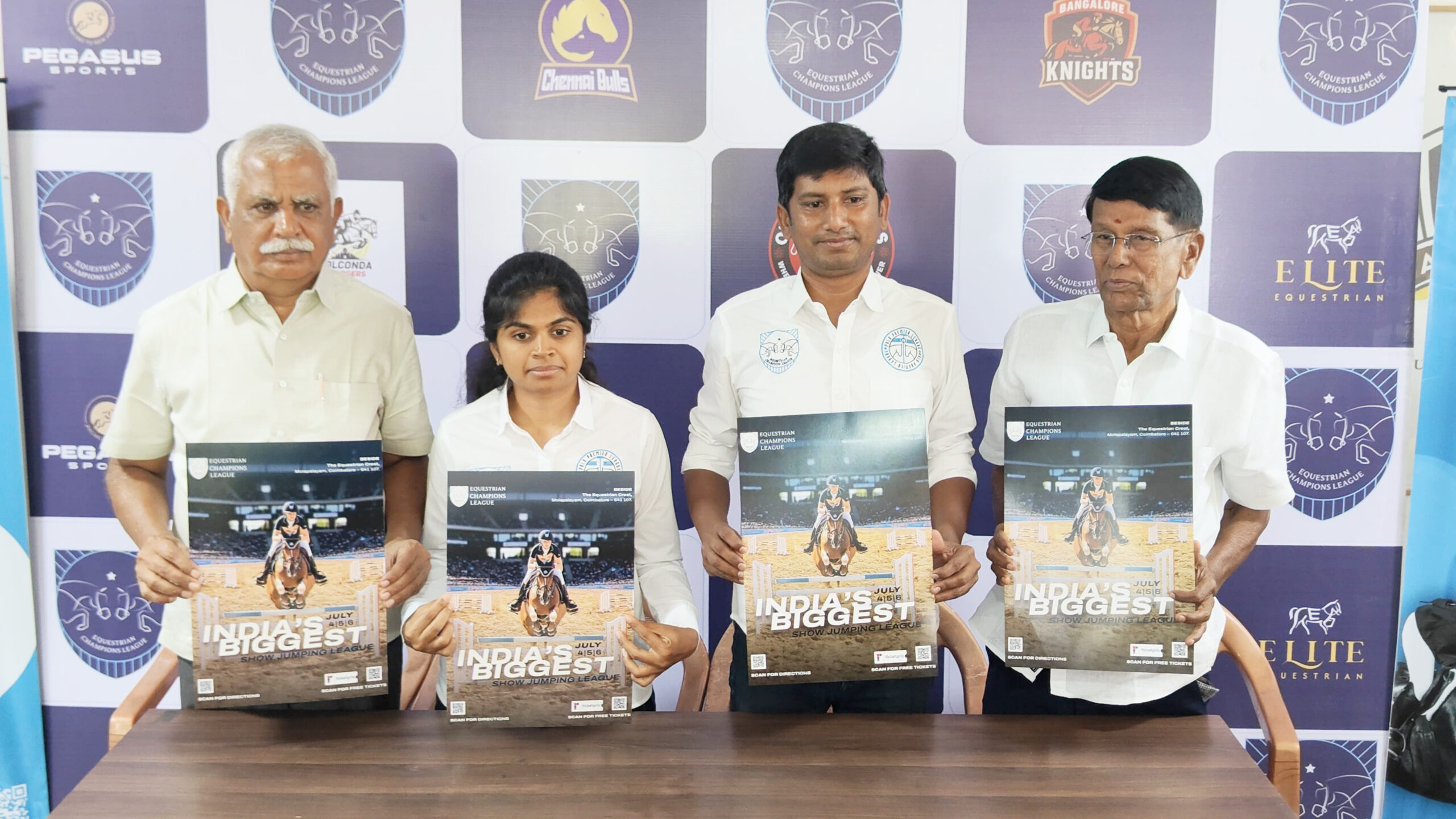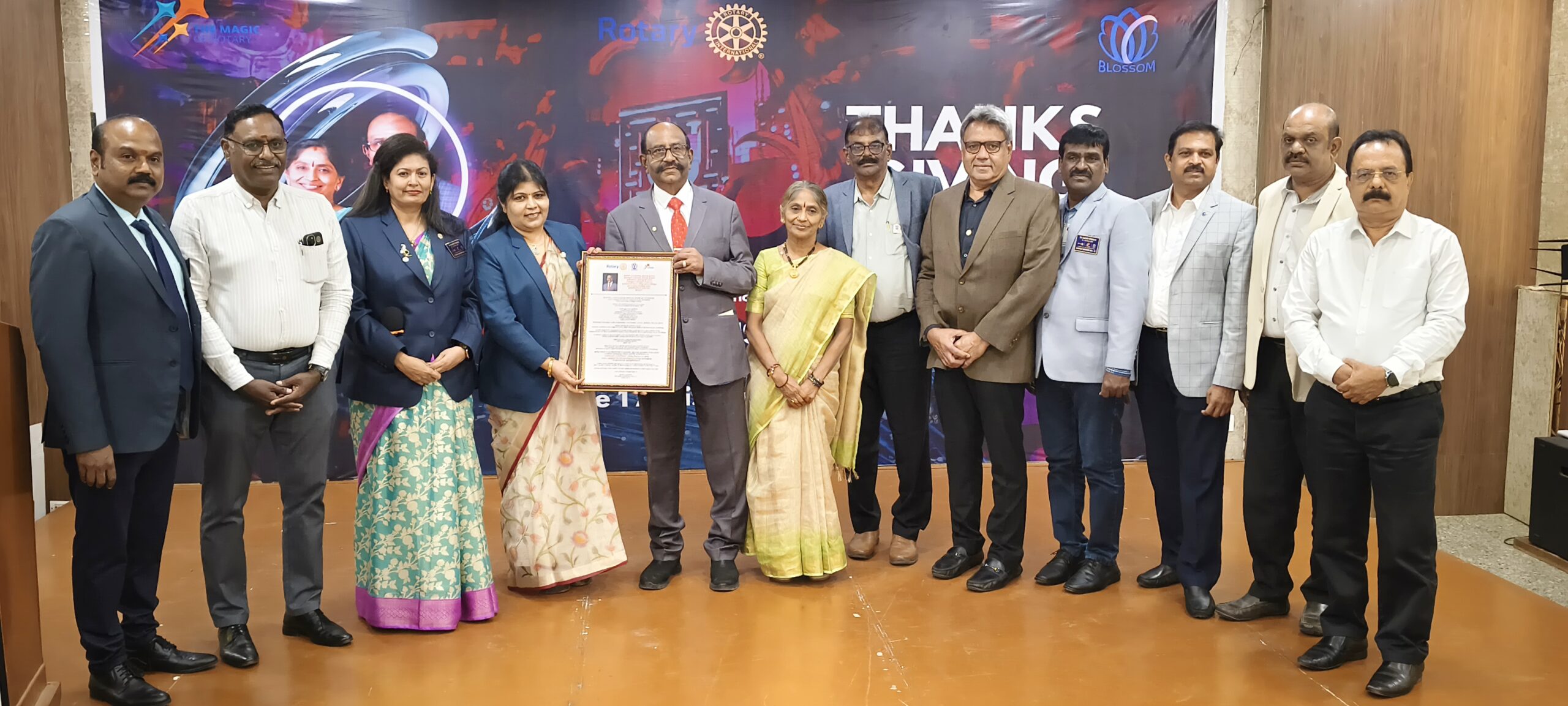Trending Now
- “If Edappadi Palaniswami permits, a thousand young members from the Virudhunagar district AIADMK are prepared to take up arms and engage in battle under my command.” – Former AIADMK Minister Rajendra Balaji
- “India is ready to deal with any counter-attack by Pakistan” – Wing Commander Vyomika Singh
- Central govt orders extension of CBI Director Praveen Sood’s tenure for another year
Coimbatore
ISRO launches advanced weather satellite successfully
![]() September 8, 2016
September 8, 2016
The Indian Space Research Organisation (ISRO) today successfully launched its advanced weather satellite INSAT-3DR using its heavy rocket geosynchronous satellite launch vehicle (GSLV-F05) from Satish Dhawan Space Centre.
The GSLV rocket slung the satellite in a geosynchronous transfer orbit (GTO) from where it would be taken up to its final geostationary orbit.
With the launch of INSAT-3DR, ISRO has successfully launched three satellites weighing over two tonnes out of six over two tonne satellites it had flown in a GSLV rocket.
The successful flight of GSLV rocket gives the Indian space programme the much needed boost as getting the cryogenic engine right is important for its future space programmes as well as for commercial launches.
Space scientists have spent around two decades in conceiving the cryogenic technology and spent around Rs. 500 crores in developing the same. The satellite was to be launched at 4.10 p.m. but was delayed by 40 minutes.
The 49.1 metre tall rocket weighing 415.2 tonnes took off with thick orange flame at its rear. The rocket carrying the weather satellite INSAT-3DR slung it in GTO around 17 minutes into the flight.
The whole mission concluded in a copy book style.
Visibly elated scientists congratulated each other after the successful launch.
“The GSLV put the satellite into the required orbit”, ISRO Chairman A.S. Kiran Kumar said.
According to ISRO, the weather satellite has been incorporated with technological improvements like: (a) Imaging in Middle Infrared band to provide night time pictures of low clouds and fog; (b) Imaging in two thermal Infrared bands for estimation of sea surface temperature with better accuracy and (c) Higher spatial resolution in the Visible and Thermal Infrared bands.
The other payloads of the satellite include Satellite Aided Search and Rescue Transponder that operates at 406.05 MHz to pick up an relay the alert signals from distress beacons of maritime, aviation and land based users to the Indian Mission Control Centre located at Bengaluru.
The major users of the technology in India are the Indian Coast Guard, Airports Authority of India, Directorate General of Shipping, Defence Services and fishermen.
The Indian service region includes a large part of the Indian Ocean region covering India, Bangladesh, Bhutan, Maldives, Nepal, Seychelles, Sri Lanka and Tanzania for the alert service.
The INSAT-3DR satellite also carries Data Relay Transponder (DRT) for receiving meteorological, hydrological and oceanographic data from remote uninhabited locations over the coverage area from Data Collection Platforms like automatic weather stations, automatic rain gauges and agro met station.
The mission life of INSAT-3DR is 10 years.























